AO Edited
Casa Grande Ruins
Some of the tallest ancient American ruins continue to inspire awe and curiosity.
Surrounded by a low, earthen wall and a number of agricultural canals, the Casa Grande Ruins in Arizona could have been a residence or a municipal hub, but whatever its original purpose, the four-story dirt pueblo has survived for centuries to give us a glimpse at America’s prehistoric history.
In 1694, Padre Eusebio Francisco Kino, a Jesuit missionary, made his way across what is now the American Southwest. He may not have been the first European to encounter the Casa Grande ruins, but he was the first to make note of the ruins in a written account, unwittingly giving the ruins the name meaning “great house” that is still used today.
Built by the ancient Sonoran people around 1350, the structure was abandoned only a century afterward, and was already in ruins by the time Kino came upon it. Little is known about the people who built Casa Grande except for their agricultural practices, as they left no writing behind, but interest in the ruins increased as expansion in the West continued.
The Great House is only one of a complex of buildings within the site, and only one of a much larger culture that is spread throughout the valley from Tucson to Pheonix. A common feature in many of the sites in the area is a “ball court,” which the Casa Grande site has. It was used for a ball game that appears to have been standardized throughout the area and can be seen to the north of the monument’s parking lot.
Another feature that is widespread is a series of canals that moved water from the Gila River to fields used for agriculture. In some cases, modern canals like the Central Arizona Project use the same canal pathways.
Casa Grande has elements that allowed for observing the summer solstice, the equinoxes, and for measuring the lunar standstill, a phenomenon that occurs every 18.6 years. These can be seen in the upper corners of the building on the west side.
When railroads were established nearby in the 1880s, the ruins became a popular destination for souvenir hunters and vandals who left early graffiti in the soft pueblo walls. In 1889, petitions to repair and preserve Casa Grande proved successful, and in 1892, President Benjamin Harrison set aside the structure and its surrounding land as the first prehistoric and cultural preserve in the United States.
The first shelter for the ruins was built in 1901 and replaced with a second shelter in 1932, and now the incredible Casa Grande seems to sit like a building-sized abuela protecting itself with a sun umbrella.
Know Before You Go
Located halfway between Tucson and Phoenix off the I-10 in the town of Coolidge; signs will guide you from the interstate to the National Monument on the very northwest corner of the town. Currently, they are closed on Sundays and Mondays. Operating hours are Tuesday - Saturday, 9 a.m. - 4 p.m. The theater and exhibits remain closed







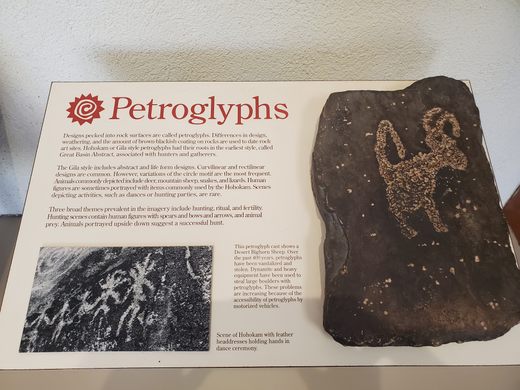
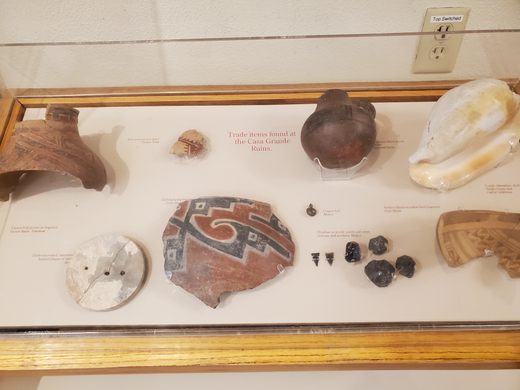
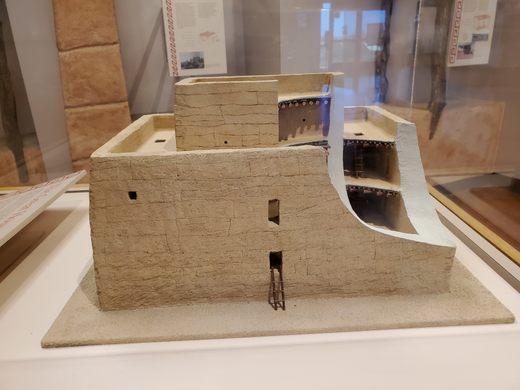
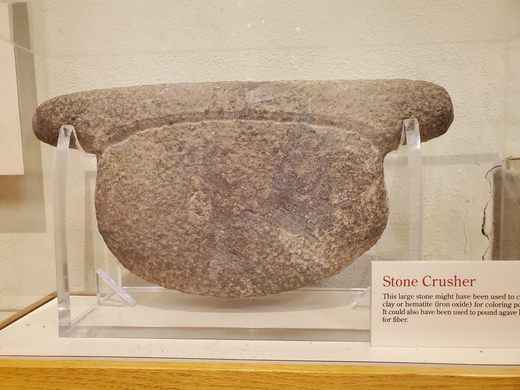
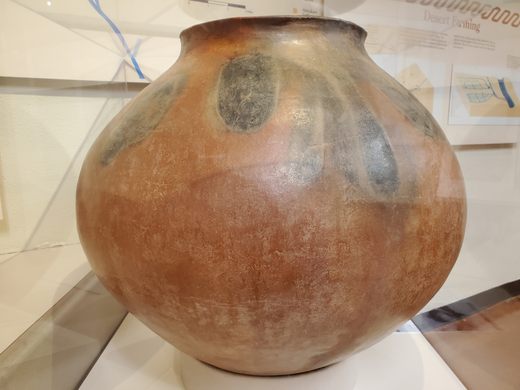
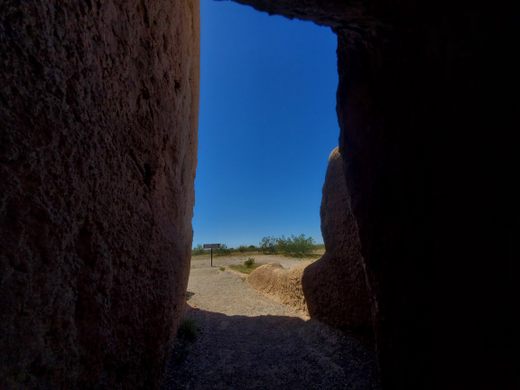
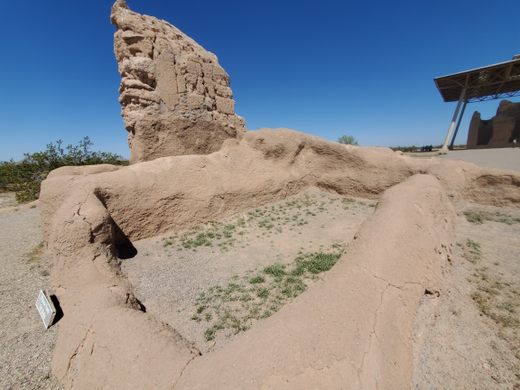
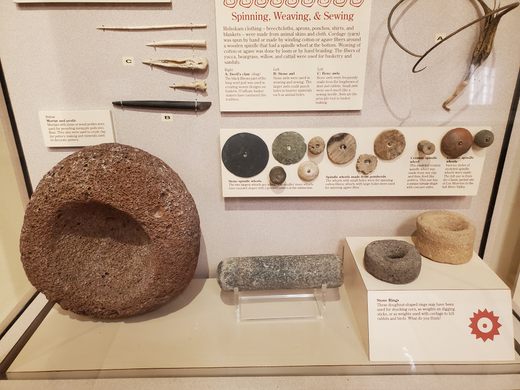
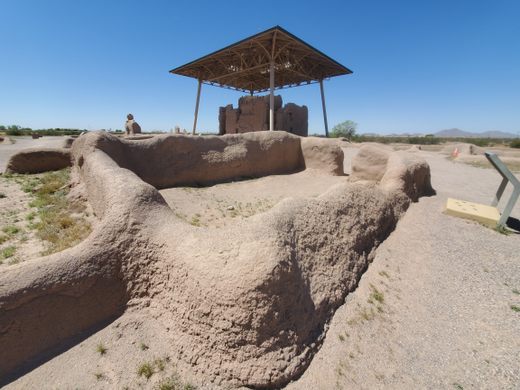
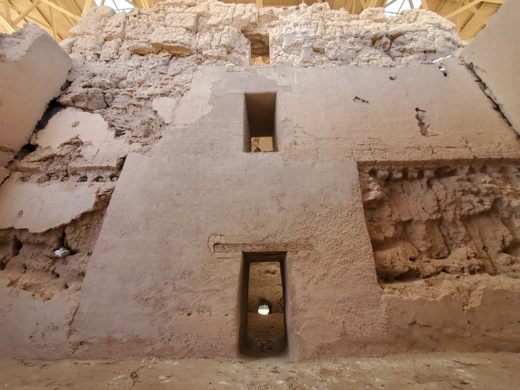
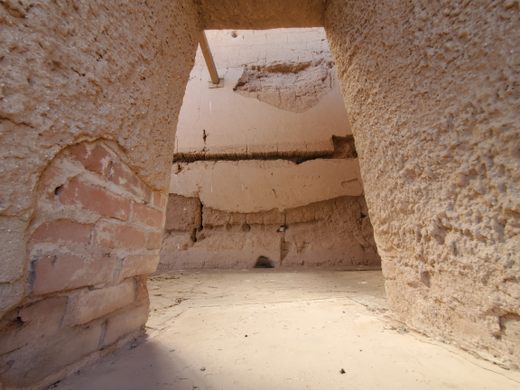
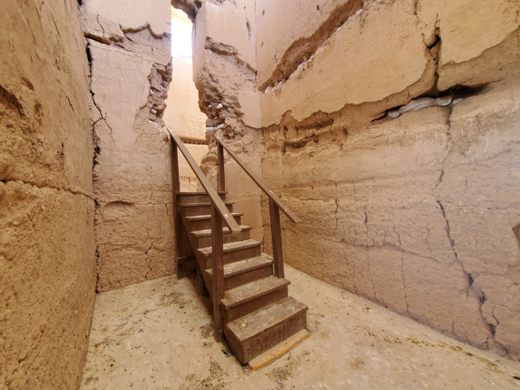
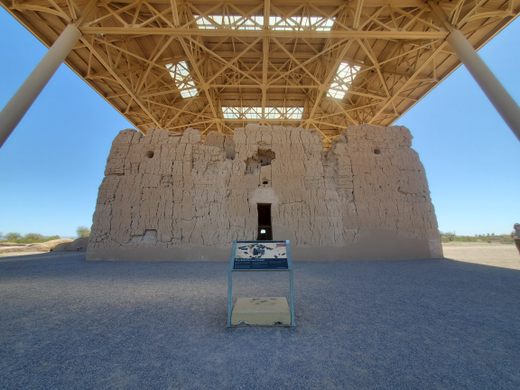
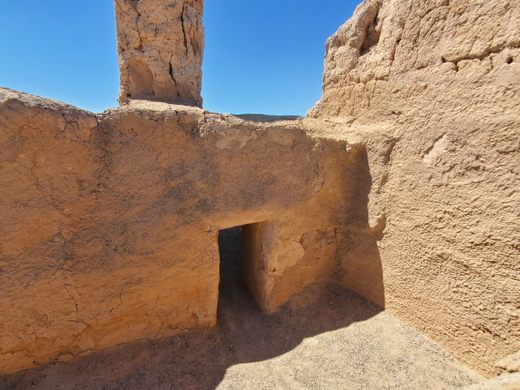
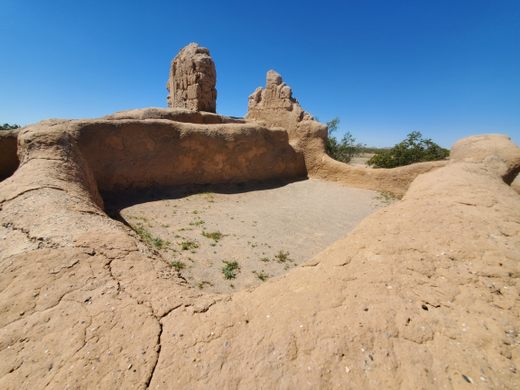
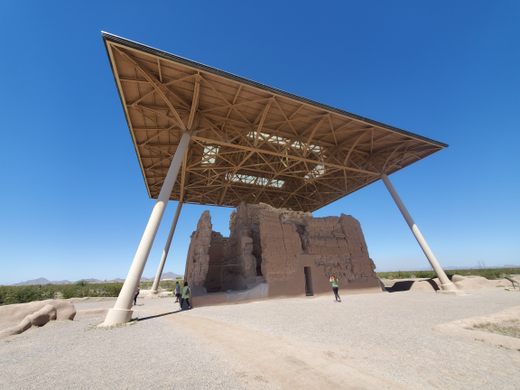
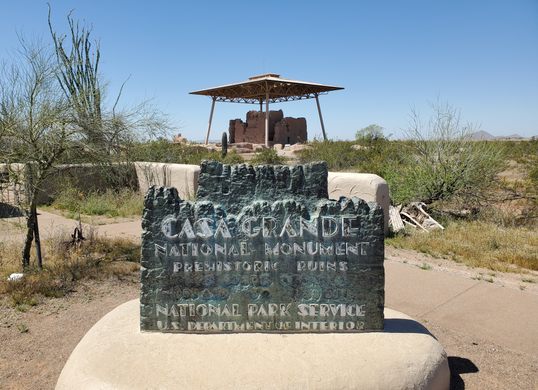
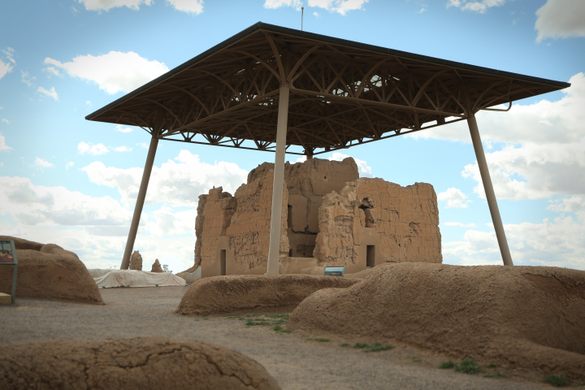
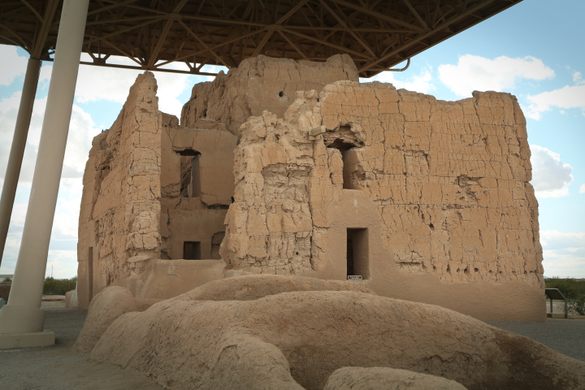
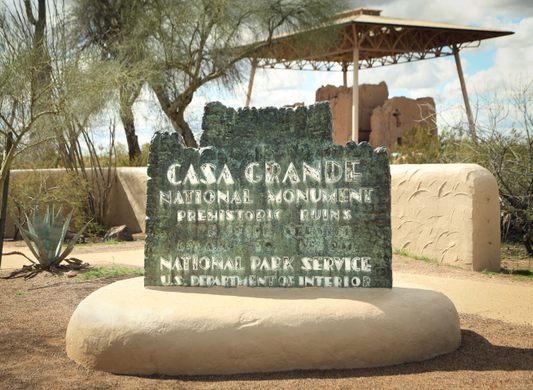





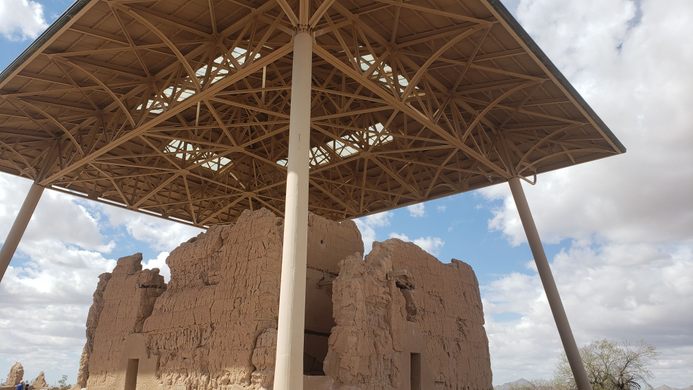
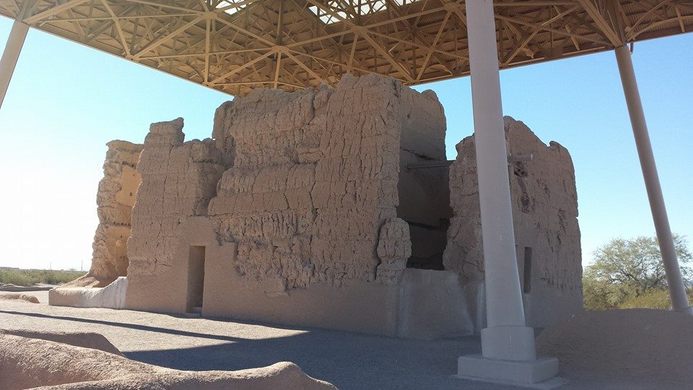
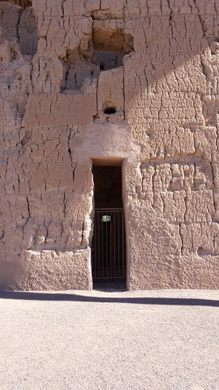
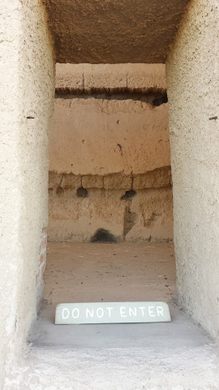
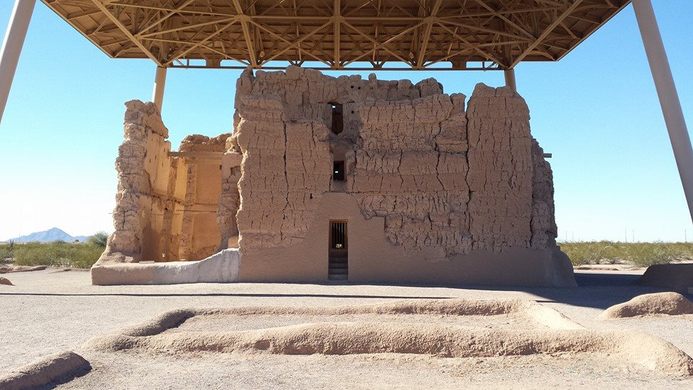

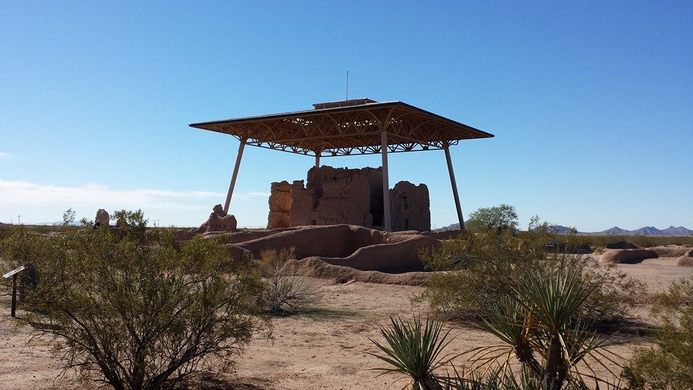

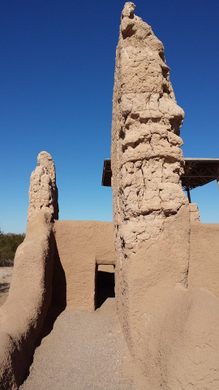

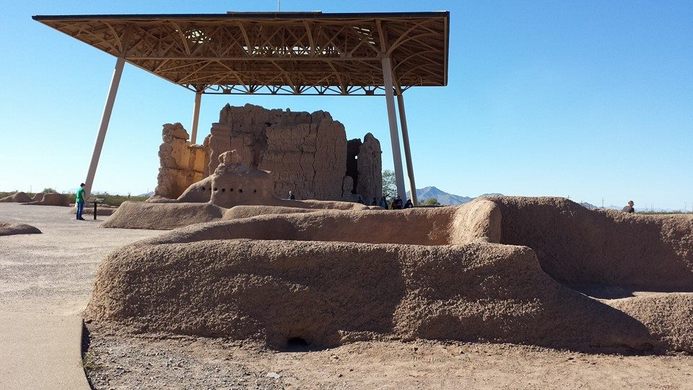





















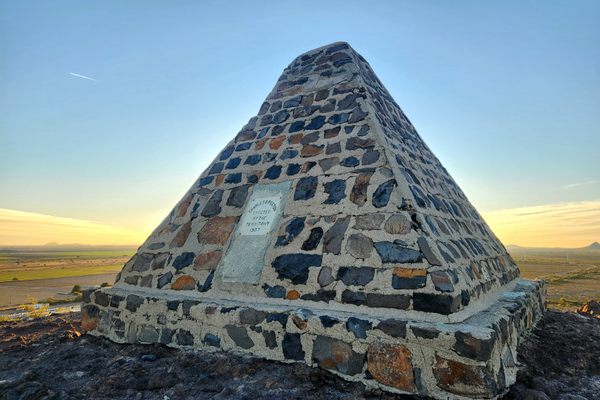
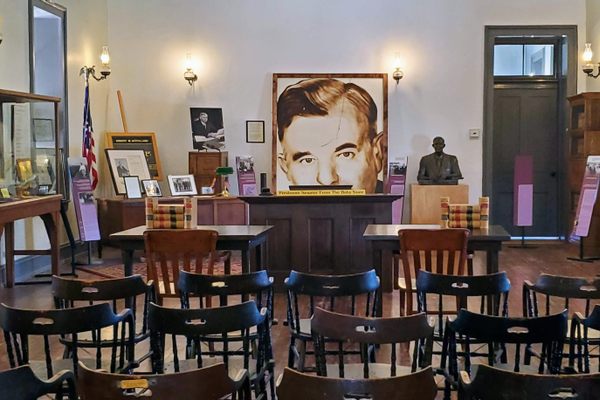

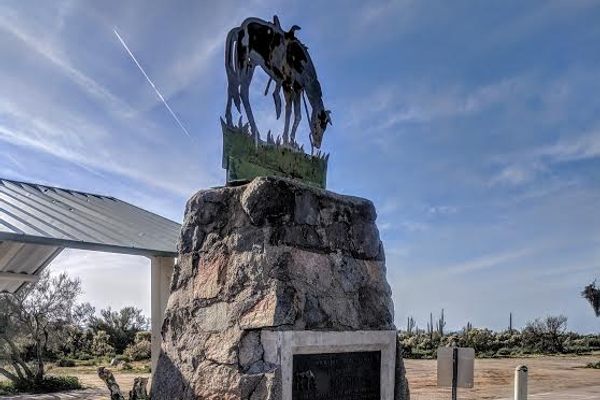



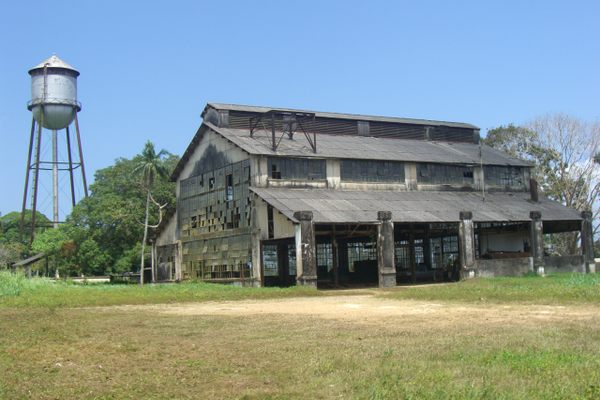

Follow us on Twitter to get the latest on the world's hidden wonders.
Like us on Facebook to get the latest on the world's hidden wonders.
Follow us on Twitter Like us on Facebook